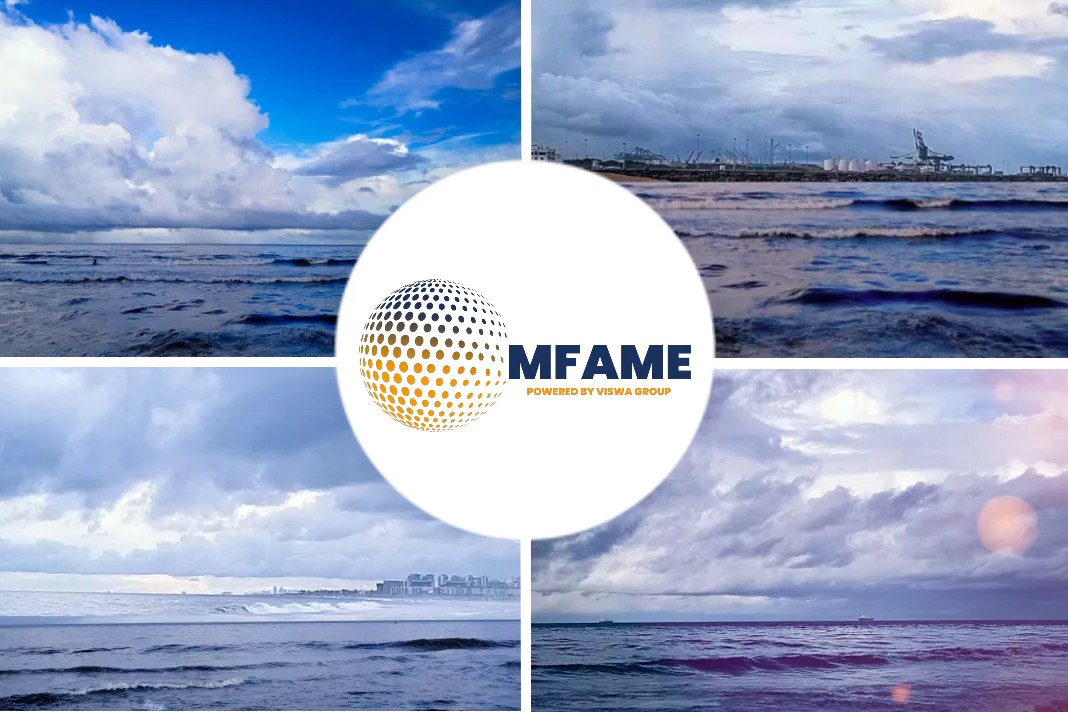- Diamond Brand launched a new line of high-end wall tents called the Liminal.
- Shortages of metals, plastics, wood, and even liquor bottles are now the norm.
- The shipping prices have risen so much that they wipe out any price advantage.
For Lauren Rash, it’s the little things that have snarled production at her tent factory, like the many shades of black Velcro, reports Reuters.
Her company, Diamond Brand, just launched a new line of high-end wall tents called the Liminal, thick with vents and fasteners demanded by discerning campers. But that means using lots of Velcro. And that’s a problem because black Velcro comes in many shades, depending on the type of raw plastic resin used to make it. “If I have older stock and put it with new,” the colors won’t match, said Rash.
Before the pandemic
Before supply chain breakdowns and shortages swept the world in the wake of the COVID pandemic, buying the bits and pieces for an assembly line was often as easy as clicking a button and waiting a few days or, at most, a few weeks for delivery. Shortages of metals, plastics, wood, and even liquor bottles are now the norm.
The Upshot
The outcome is a world where buyers must wait for the delivery of once plentiful items if they can get them at all. Rash has piles of tents she can’t ship because she can’t get the right aluminum tubing for their frames, for instance, while others lack the right zippers. Along with the shortages come hefty price increases, which has fueled fears of a wave of sustained inflation.
There’s growing tension among Federal Reserve policymakers over how to gauge the long-term impact on prices. Some Fed policymakers are more convinced than others that price pressures will recede after some supply chain disruptions are resolved.
Shortages
Shortages are hitting everything from bulldozers to bourbon. Heavy equipment maker Caterpillar Inc warned that its profits would suffer in the current quarter in part because of rising prices on hard-to-get components. The company said, among other things, it is looking for ways to get supplies from non-traditional sources to deal with shortages of plastic resin and semiconductors.
New challenges
New challenges continue to arise, including hurricane disruptions to U.S. oil refineries and threatening plastics and other essential materials supplies. Some industries are rushing to build new factories, including semiconductor producers under pressure to feed a growing appetite for chips needed in cars and electronics. But not all producers are eager to build new plants. The bike industry, for instance, is heavily concentrated in Asia, and producers there worry that the current surge in demand is only temporary.
A different approach
The shipping prices have risen so much that they wipe out any price advantage. Right now, producers in North America don’t have the stiff competition that they would if container prices came back down.
But at the tent factory, Rash said her approach to the problem has undone years of work, making her factory more “lean.” It’s not unusual for a tent to require 48 separate parts, she said, and when you can’t depend on getting all those items, you tend to stock up on what you can – which is visible in corners of the factory.
Leading the way through a maze of shelving, she plucks up a galvanized steel tube. “I got a hundred of this, which is fine. I will go through it,” she said. “But the two (sizes of the tube) I am on backorder, I cannot get.”
Did you subscribe to our daily newsletter?
It’s Free! Click here to Subscribe!
Source: Reuters






















